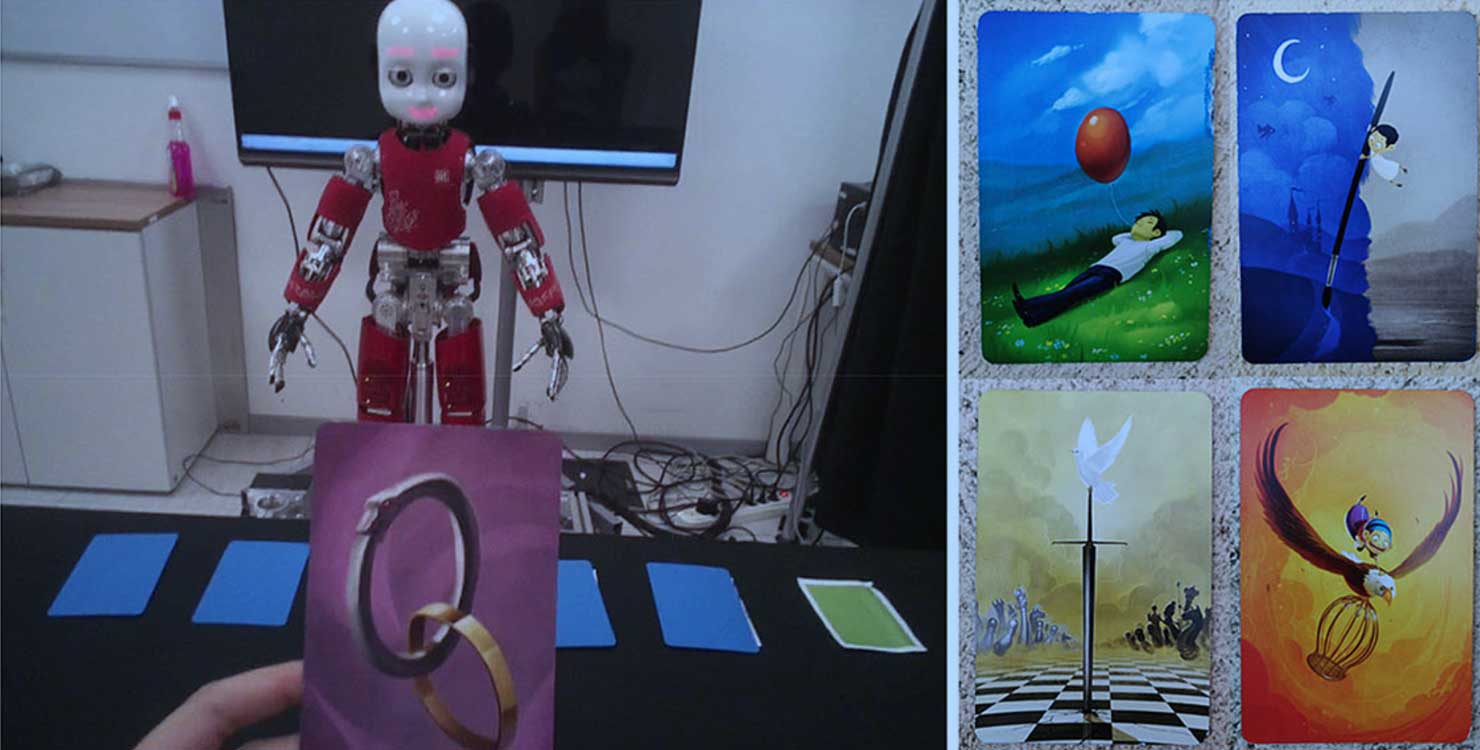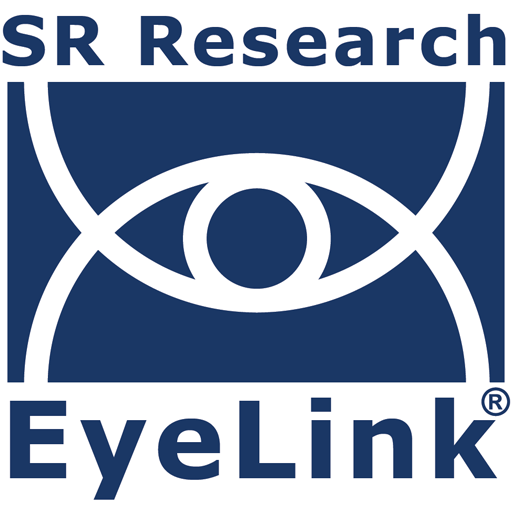
预计阅读时间: 9 分钟
人们撒谎。有些人撒谎大量且熟练地。鉴于这一令人不安(有些不足为奇)的事实,我们可以通过一种客观的方法来知道一个人何时在撒谎,这对我们所有人都有好处。尽管有人声称朝着特定的方向看(例如向右看)是一个人撒谎的信号,这些断言被认为是 被揭穿(以及此处)。那么,有没有可靠的迹象表明有人在撒谎?
The scientific literature suggests that in fact the eyes can give away a lie, but it is pupil size, not gaze direction, that is most revealing. Research has shown that people tend to have larger pupils when deceiving compared to telling the truth in a range of scenarios. The differences are quite subtle, and scientists generally use sensitive eye-tracking equipment to measure pupil size, so it is unlikely that a casual observer would be able to detect any difference. In addition, most experimental research is a comparison between groups, and what is true for a group as a whole may not necessarily be true for every individual in that group.
在下面的部分中,我们来看看一些探索瞳孔大小与说谎之间关系的研究。
瞳孔扩张与说谎
模拟犯罪研究
在一个早期模拟犯罪研究,发表于1943年,“有罪”和“无辜”的参与者发现自己在大学演讲厅。有罪的参与者被告知拿走座位下剩下的一些钱(很少超过一角钱)然后对所有将他们与这一罪行联系起来的后续问题撒谎。与此同时,无辜的参与者被要求离开演讲厅,如实回答所有问题。与模拟犯罪有关的关键问题如下:
- 你刚才在演讲厅吗?
- 你拿了钱吗?
- 你告诉我真相了吗?
描述性结果表明,有罪的参与者在做出欺骗性反应时表现出瞳孔扩张,然后迅速收缩。相比之下,这种瞳孔反应只在少数诚实的受访者中明显。
A more recent mock crime study that compared the pupil size between guilty and innocent participants also showed a similar pattern, with a larger pupillary diameter when answering deceptively as opposed to truthfully. Other researchers have shown that this relative increase in pupil size can be observed when answering computer-administered questions as well as when viewing pictures related to the crime.
简单谎言研究
Unlike mock crime studies, some studies focus on people intentionally providing information that is either truthful or deceptive, without the necessity of a crime. This is exemplified in Ira Heilveil’s simple experiment in which participants answered questions pertaining to their age, height, weight, place of birth, and physical disabilities. Immediately after the questions, the experimenter informed the participants that the purpose of the study was to discover a relationship between pupil size and deceptive responses, and the participants then rated their answers as completely true, partially deceptive, or completely deceptive. The author used a self-rating procedure because he believed “that in order for the deception to occur, the deceiver must be cognizant of the deception at the time that it is taking place.”
结果显示,在回答面试官的问题时,平均瞳孔直径在统计学上更大(5.74毫米),而真实回答时(5.15毫米)。最近的其他研究表明,与诚实相比,撒谎时瞳孔直径也有类似的增加一般事实或非个人事件,在评估教师的问卷,对共同参与者的经济游戏,以及关于目击犯罪——无论是由人类还是机器人审问。
机器人应用
在最近一项有趣的欺骗和瞳孔测量研究中,一组研究人员描述了一个能够利用瞳孔信息检测谎言的机器人。尽管人们很难判断某人何时在撒谎,但“机器视觉”可以快速使用当前的详细信息,根据微小的差异做出判断。
在一项研究机器人与真实和欺骗性的人类的互动,每个参与者都佩戴了眼动仪,从而将参与者的瞳孔信息连续提供给机器人。在这项任务中,参与者准确地(对于五张卡)或欺骗性地(对于一张卡)描述了一系列六张卡上的图片。下面的照片显示了机器人和牌组中的五张牌,一张在一个人手里,四张在右边。

在第一部分中,机器人猜测了一个人欺骗性地描述的六张牌中的哪一张。机器人通过计算每张卡片描述期间的平均瞳孔扩张,然后选择扩张度最高的卡片,成功地以88%的准确率检测到了欺骗性描述的卡片。
对于第二部分,在每张卡片描述之后,机器人将描述分为真实或虚假,然后要求确认。通过将平均瞳孔直径与第一部分的信息进行比较,机器人的分类准确率为71%。然而,如果机器人在每次互动后更新信息,准确率将提高到78%。
瞳孔扩张与认知负荷
为什么我们说谎时瞳孔会扩张?存在理论数量,但在过去几十年中最受欢迎的是认知负荷理论(请参阅我们的综合 关于此主题的博客)。
认知负荷是指说谎等任务从工作记忆中需要的资源量,工作记忆是一个临时保存信息、控制注意力、计划以及与感官和长期记忆交互的草稿。由于工作记忆在能保存多少信息以及能保存多长时间方面受到严重限制,因此工作中的认知负荷很高g内存将对其他系统产生级联效应。瞳孔直径是公认的认知负荷的生理指标。随着认知负荷的增加,瞳孔直径也会增加。
根据认知负荷理论,为了制造谎言,工作记忆在组织和保存有关谎言的信息时会受到认知负荷的影响搜索长期记忆以寻找构建长期记忆的信息。对大多数人来说,自发的当场撒谎比有计划的撒谎更难,说实话比完全撒谎更容易。因为说谎言通常会带来更高的认知负荷,因为更高的感知负荷与瞳孔直径的增加有关,与说实话相比,当一个人撒谎时,瞳孔往往会扩大得更多。
值得指出的是,虽然对大多数人来说,说谎可能比说实话更需要认知,但这是不一定每个人都是这样。训练有素、高效的骗子在主动欺骗时可能不一定会增加瞳孔,所以我们离拥有真正的测谎器还有一段路要走。
联系
如果您希望我们为您的眼线研究提供特色,对帖子有想法,或者对我们的硬件和软件有任何疑问,请与我们联系。我们总是很乐意帮忙。您可以致电我们(+1-613-271-8686)或单击下面的按钮发送电子邮件:

 认知负荷、工作记忆与瞳孔大小
认知负荷、工作记忆与瞳孔大小